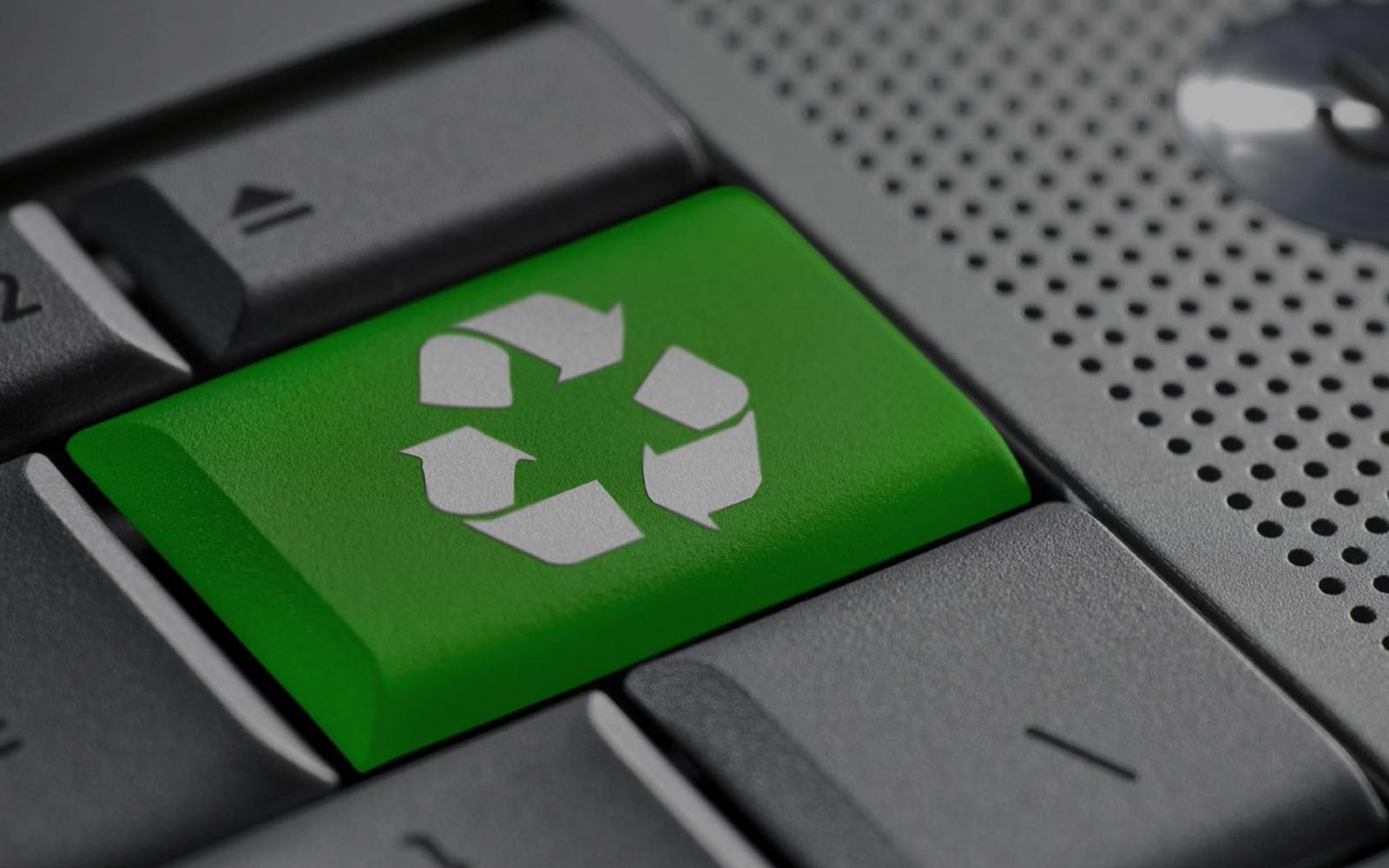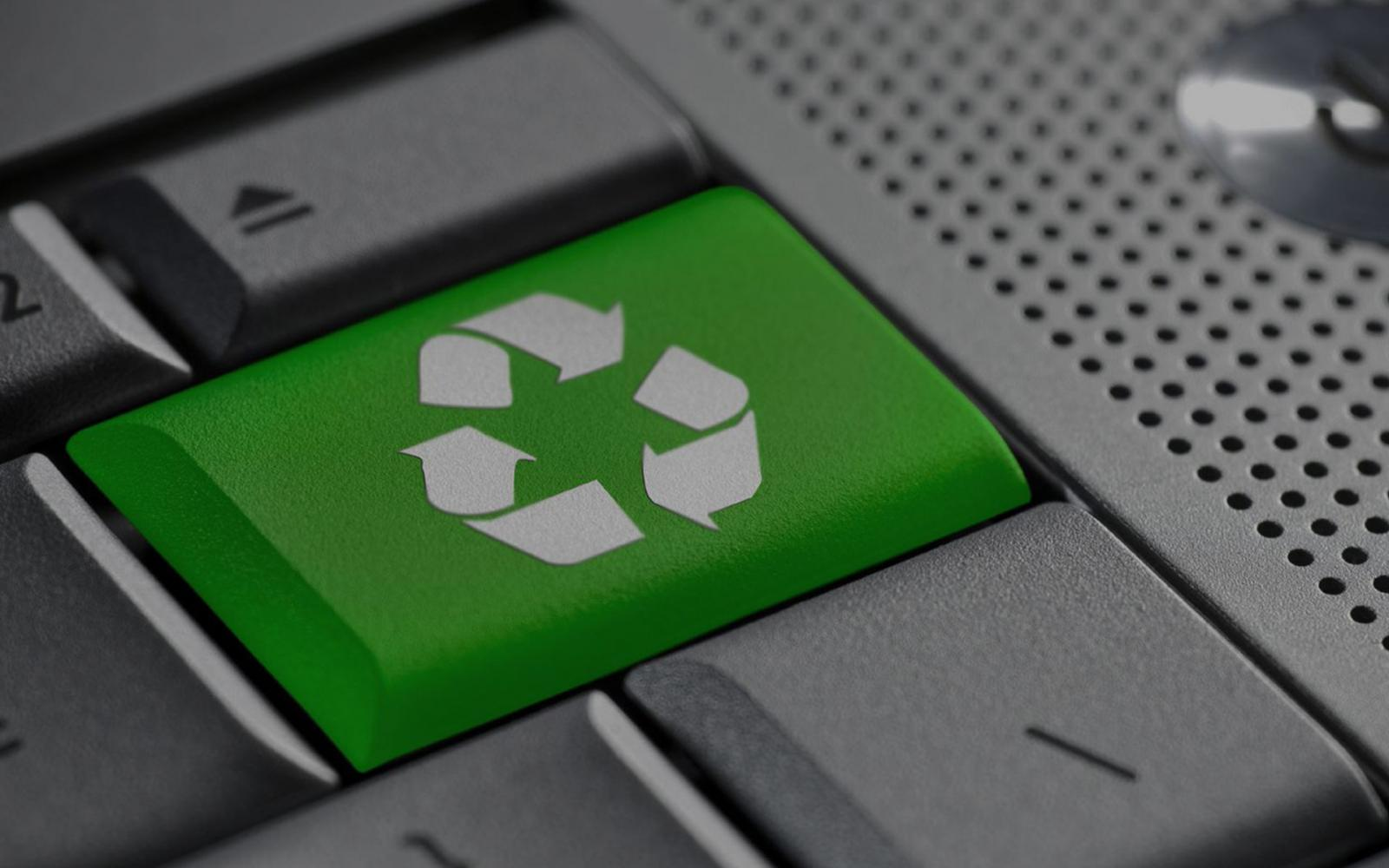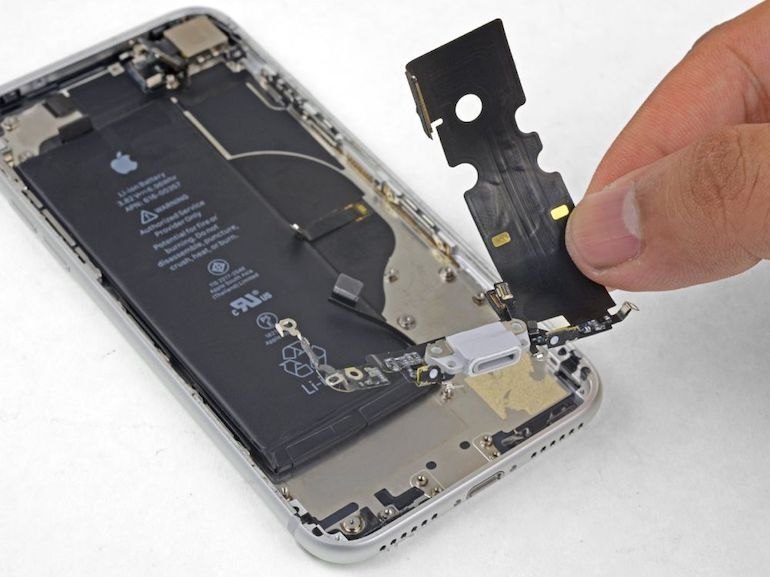At a time when households are being asked to make efforts to control their environmental impact, a recent CREDOC study shows that the higher the standard of living, the greater the carbon footprint of digital equipment. Wealthier households in particular are more equipped with terminals (computers, tablets, etc.) than modest households. This research also shows that the carbon footprint peaks among 18-24 year-olds, who have more recent and diverse equipment than their elders.
The latest editions of the Digital Barometer show that the French remain insufficiently informed about the most effective ways of limiting the environmental impact of their digital practices.
Référence :
A footprint calculation that combines two frames of reference
This study innovates by mobilizing two types of data: data from the 2023 Digital Barometer on digital equipment and usage, and data from the NegaOctet database, which examines the carbon impact of digital equipment by age group and standard of living.
By combining data from these two repositories, it is possible to better understand which categories of the population generate the highest emissions.
The carbon footprint of digital equipment takes into account the individual equipment rate, the duration of ownership of the various devices and the type of equipment held. For example, the manufacture of a TV set emits on average 4.5 times more CO2 than that of a smartphone.
Estimating the carbon footprint of digital technology takes into account the number of devices available per person in the household (TV, desktop or laptop computer, tablet, smartphone, games console), the length of time the devices are owned and the carbon footprint of the various devices.
The overall index obtained reveals categorical differences in the carbon impact of digital equipment.
Références :
The higher the household standard of living, the greater the carbon footprint of digital equipment
This footprint is estimated at 118 kg CO2e per year for low-income earners, and 138 kg CO2e for high-income earners.
These differences are mainly due to the fact that the equipment rate increases with income level, since the length of time equipment is owned is comparable from one income bracket to the next.
Low incomes are characterized by a lower equipment rate per individual, whatever the terminal: TV, computer, tablet or cell phone.
High-income earners, meanwhile, are more equipped with computers and tablets than the rest of the population, equipment that has a higher carbon impact.
Annual carbon footprint peaks among young people
The calculated index is significantly higher for 18-24 year-olds than for the rest of the population.
The 18-24 age group has both a higher per capita equipment rate for all the equipment considered, and shorter appliance ownership times. This specificity could be at least partly linked to the life cycle: the 18-24 age bracket corresponds for many to the access to residential autonomy, a period that often rhymes with home equipment, and would explain why young people own more recent appliances.
On the other hand, there is little difference between all age groups. The 25-39 age group, for example, has a footprint very close to that of the over-60s.
While equipment has, on average, a larger carbon footprint than usage, the intensity of certain uses can compete with the weight of equipment in an individual's total carbon footprint. " The more intensive use of digital technology by young people could significantly increase the digital footprint of young people", observe the CREDOC authors, who mention in particular the more intensive use of smartphones among 18-24 year-olds, video-on-demand services and video viewing.
Actions to reduce the impact of digital use are better respected by older people
In their forward-looking study on the environmental assessment of digital technology, ADEME and Arcep put forward three recommendations in 2023 to reduce the impact of household uses: extend their lifespan, limit the number of devices and make the purchase of reconditioned equipment more widespread.
- Extending their lifespan: 66% of French people try to increase the lifespan of their equipment, by taking care of it, having it repaired, etc. This is the second most common action of the eleven proposed. This is the second most common gesture among the eleven proposed. However, this practice is not in the majority among 18-24 year-olds (44%) and is less widespread than average among 25-39 year-olds (58%). Older people are more likely to adopt this gesture (72% over the age of 40).
- Limiting the number of items of equipment is observed by 49% of French people. Once again, this practice increases with age: only a third of 18-24 year-olds do so, versus 61% of those aged 70 and over. "It seems that this propensity is not just declarative: younger people have a greater variety of equipment at their disposal. However, this data needs to be qualified: older people benefit less from the pooling of equipment, which does not go in the direction of limiting their number. For example, the over-70s own, on average, just over one television per person, compared with 0.6 for the under-25s.
- Reconditioning: only 28% of Internet users say they buy reconditioned digital terminals as much as possible. The younger the Internet users, the more they say they adopt this practice, from 35% of 12 to 17 year-olds to 19% of those aged 70 and over. " A lesser adherence to these modes of consumption within the older generations, but also the lower prices of these reconditioned terminals could partly explain these differences," comments CREDOC.
"The French are gradually becoming aware of the environmental impact of digital technology," concludes CREDOC.
However, only 52% of French people consider themselves sufficiently informed, while 45% deplore a lack of information. A large majority, however, show a real desire to reduce the impact of their practices, in particular by acting on the durability of their equipment (80%) and, to a lesser extent, by moderating their digital uses (69%).
Référence :









